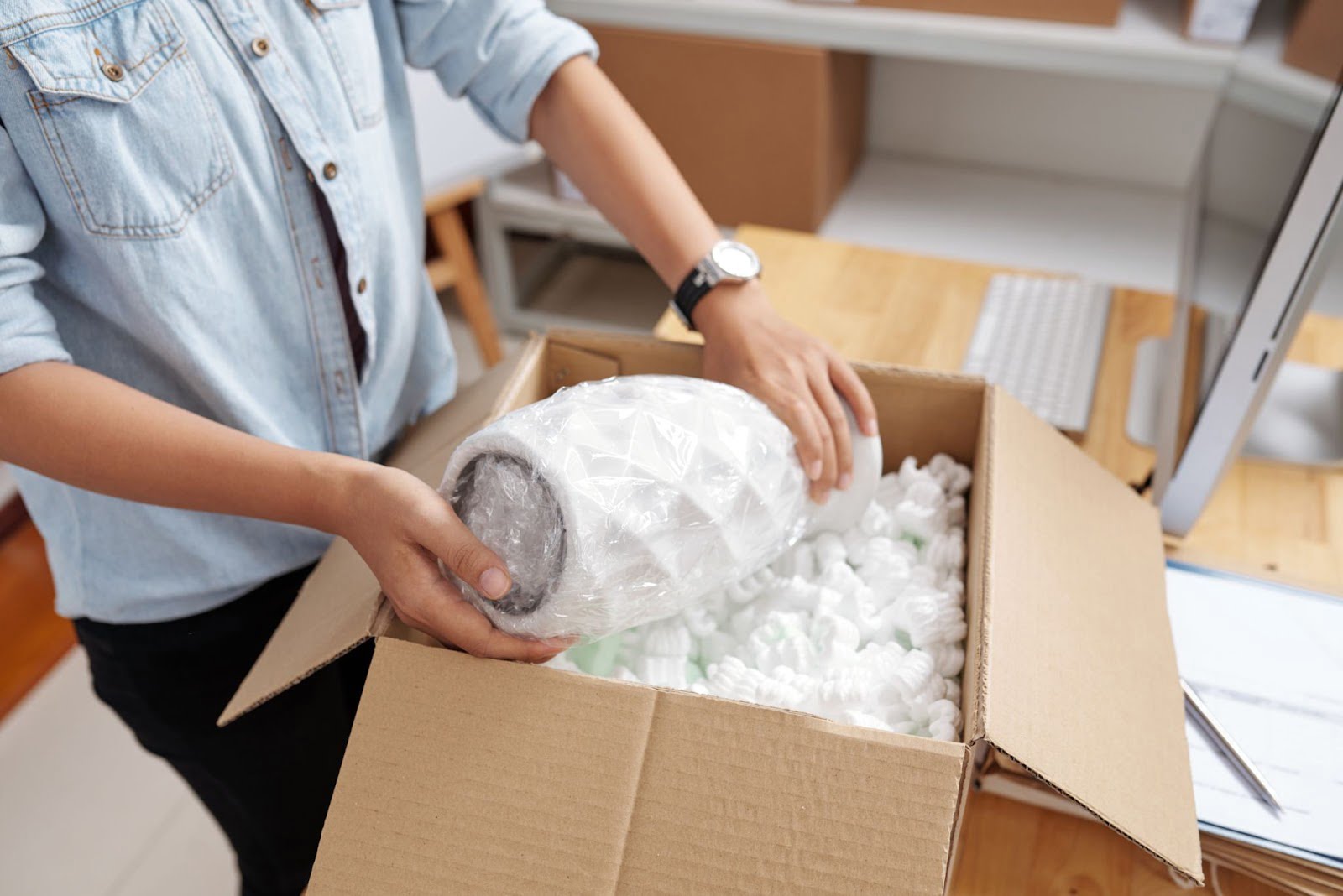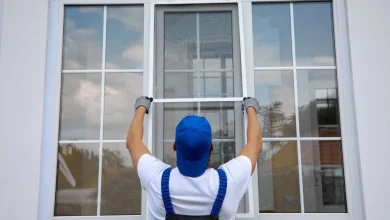
How Do Movers Handle Fragile Items Over Long Distances?
Moving fragile items is always a challenge, but when the move involves hundreds of miles, the stakes are even higher. From delicate glassware to valuable artwork, these items require special care to survive the bumps, shifts, and vibrations of long-distance transport. Professional movers follow strict processes to ensure that fragile belongings arrive safely at their destination.
Specialized Packing Materials
The first step in protecting fragile items is using the right materials. Movers don’t rely on ordinary boxes or newspaper—they use professional-grade supplies designed to cushion and stabilize delicate items.
- Double-walled boxes for extra strength.
- Bubble wrap and foam sheets to absorb impact.
- Packing paper to prevent scratching and shifting.
- Custom crates for artwork, antiques, and oversized items.
The goal is to minimize movement inside the box, reducing the risk of cracks or breakage.
Layered Packing Techniques
Movers also rely on techniques that provide multiple layers of protection.
- Cushioning the base of each box with foam or paper.
- Wrapping each item individually before placing it in the box.
- Adding padding between items so they don’t collide during transport.
- Filling empty spaces with packing peanuts or air cushions to prevent shifting.
These methods are particularly important during long-distance moves, where items are on the road for extended periods.
Handling During Loading and Unloading
Even the best-packed boxes can be damaged if they’re mishandled. That’s why professional movers follow strict protocols when loading and unloading fragile items.
- Fragile boxes are clearly labeled and placed on top of sturdier loads.
- Items are secured tightly inside the moving truck to prevent sliding.
- Movers use dollies, straps, and lifting tools to avoid drops and mishaps.
This attention to detail ensures that fragile belongings are treated with care from start to finish.
Climate and Environmental Protection
Long-distance moves often cross multiple climates, which can affect sensitive items. For example, wood furniture and artwork can be damaged by heat, cold, or humidity. To address this:
- Movers use climate-controlled trucks when necessary.
- Items are wrapped in protective covers to shield them from dust and moisture.
- Special handling is arranged for valuables like wine collections, electronics, or musical instruments.
These precautions add another layer of protection against environmental damage.
Insurance and Peace of Mind
Even with the best preparation, accidents can happen. That’s why reputable movers provide insurance options to protect fragile belongings. Coverage may include repair or replacement costs in case of damage. This ensures that homeowners have peace of mind throughout the relocation process.
The Role of Professional Expertise
Handling fragile items isn’t just about packing supplies—it’s about experience. Movers who specialize in long-distance relocations understand how to anticipate challenges such as rough roads, long travel times, and tight deadlines. Services like UpMove long distance movers combine professional packing techniques, secure transportation, and reliable delivery, making them a trusted choice for protecting delicate belongings over extended moves.
Tips for Homeowners
While movers do most of the heavy lifting, homeowners can take steps to help:
- Create an inventory of fragile items before the move.
- Communicate special instructions (e.g., items with high sentimental or monetary value).
- Consider carrying irreplaceable belongings (like heirlooms or important documents) personally.
Working closely with the moving team ensures nothing is overlooked.
Conclusion
Long-distance relocations add extra challenges to protecting fragile items, but with the right packing materials, handling techniques, and professional expertise, your belongings can arrive safely and intact. Movers use layered protection, careful loading, and even climate-controlled options to ensure fragile possessions survive the journey.



